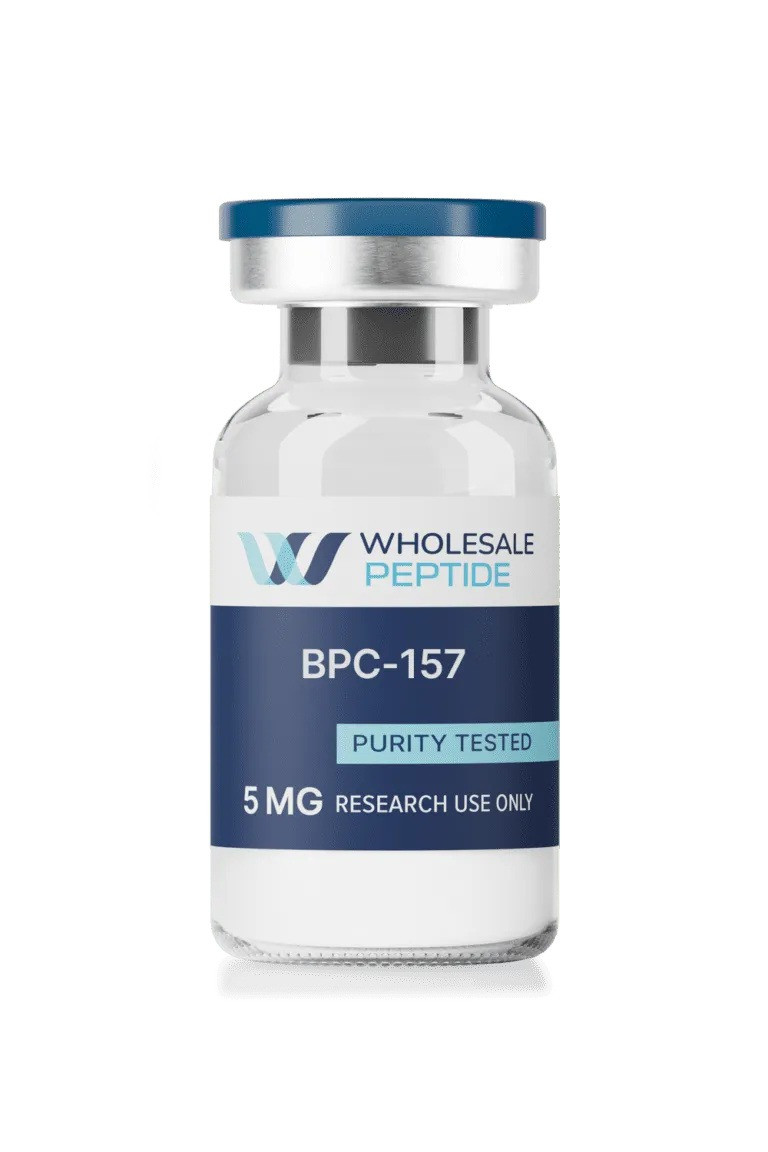Research peptides are specific sequences of amino acids that serve as molecular instruments for exploring signaling pathways, receptor interactions, and various biological mechanisms in both in vitro and in vivo environments. They function as ligands, substrates, or modulators, enabling scientists to observe precise biological effects at the molecular level. To achieve reproducible and dependable results, it is crucial to maintain high purity, provide clear sequence documentation, and implement lot-specific quality control. Any impurities or truncated sequences can lead to misleading data, making verification prior to use essential.
Common Classes of Research Peptides
Research peptides are typically categorized based on their intended experimental applications. Signaling peptides serve as receptor agonists or antagonists, offering insights into the activation of cellular pathways. Regenerative peptides are utilized in models of tissue repair and wound healing, facilitating the study of collagen deposition and cellular migration. Metal-binding peptides, including copper complexes, are employed to modulate biomarkers or trace elements in biological assays. Peptides related to growth hormones are frequently used in endocrine research to investigate hormone axis dynamics, while other modulators, such as melanocortins, are applied in studies of metabolism, pigmentation, or behavior. Choosing the right peptide necessitates careful consideration of the experimental model, the desired biological outcome, and any necessary chemical modifications.
Quality Verification Before Use
The process of ensuring peptide identity and purity begins with a thorough review of analytical data. High-performance liquid chromatography (HPLC) is employed to measure chromatographic purity by separating peptide-related species. A dominant peak indicates the predominance of the main sequence, while the presence of secondary peaks may indicate truncated or modified variants. Mass spectrometry (MS) adds an additional layer of verification by confirming the molecular mass of the peptide and its expected adducts. The combined use of HPLC and MS enhances confidence in the identity and quality of the peptide. Researchers should also obtain a certificate of analysis (COA), which outlines the lot-specific HPLC and MS data, the declared purity percentage, and recommended storage conditions. High-resolution LC-MS (LC-HRMS) offers further verification by confirming amino acid composition, sequence, and impurity content in a single analysis.
Procurement Considerations
Peptides can be sourced either as catalog items or through custom synthesis. Catalog peptides consist of pre-made sequences available in standard purities and quantities, generally allowing for quick turnaround and predictable costs for common sequences. Custom synthesis becomes necessary when the required sequence is unique, when non-standard modifications such as labeling or PEGylation are needed, or when exceptionally high purity is required for sensitive assays. Custom synthesis enables researchers to specify the synthesis and purification methods, which can minimize truncation and side products, leading to higher effective purity. Nevertheless, longer lead times and increased costs are associated with custom orders, and researchers must ensure that detailed COAs and impurity profiling accompany their orders to confirm quality.
Supplier Evaluation
Choosing a trustworthy supplier involves a meticulous review of documentation, manufacturing processes, and traceability. Researchers should request lot-specific COAs that include HPLC and MS data, along with Material Safety Data Sheets (MSDS) for safety and handling. Clear storage guidelines, compliance with cGMP or ISO standards, and responsive technical support are vital indicators of supplier reliability. USA-based suppliers can provide faster shipping, more accessible technical support, and smoother audit compliance, which can help align experimental schedules with institutional procurement policies.
Handling and Storage
Appropriate handling and storage of peptides are crucial for maintaining their integrity and ensuring reproducibility. Lyophilized peptides should be stored at -20°C in the presence of a desiccant and shielded from light. After reconstitution, peptides should be divided into single-use vials to prevent repeated freeze-thaw cycles, and a comprehensive log should be maintained to track lot numbers, solvents used, and aliquot dates. Adhering to MSDS safety guidelines, including the use of personal protective equipment, is essential for upholding laboratory safety standards.
Online Procurement Workflow
When purchasing peptides online, researchers should confirm the declared purity, availability of COAs, and storage instructions before placing an order. If not displayed on the product page, lot-specific HPLC and MS data should be requested. Institutional purchase orders enhance traceability, and small test quantities can be acquired to validate the peptide in sensitive assays prior to making larger commitments. Keeping documentation of COAs, MSDS, and storage conditions is vital for ensuring experimental reproducibility and mitigating the risk of using inadequately characterized reagents.
Practical Research Takeaways
High-purity peptides, validated through HPLC and MS, form the backbone of reproducible experiments. Catalog peptides offer convenience and speed, while custom synthesis caters to specialized applications that require high purity or unique modifications. Proper storage, aliquoting, and documentation help reduce degradation and experimental variability. Selecting transparent, responsive suppliers and adhering to rigorous quality control protocols ensures that peptides can be reliably utilized as tools for exploring intricate biological processes.




